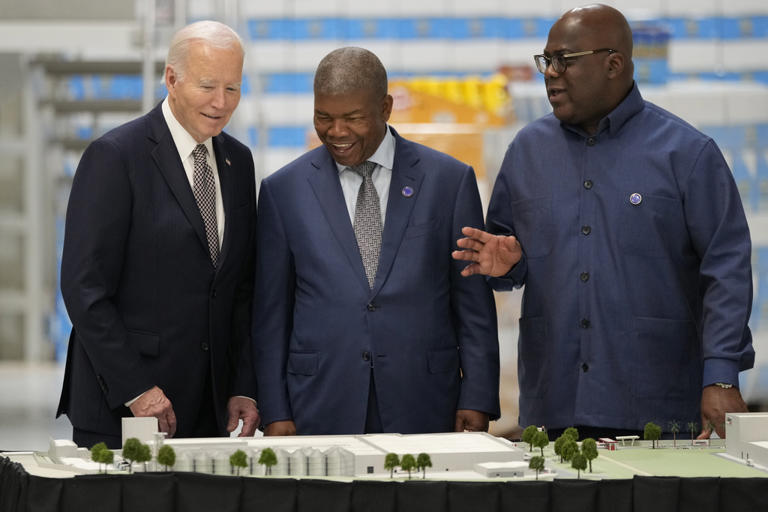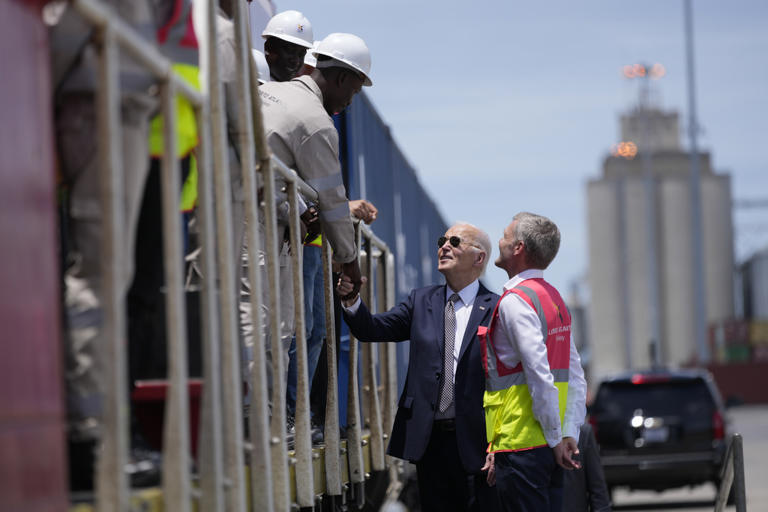
Edson Baraukwa | Africa Guardian
President Joe Biden pledged an additional $600 million for the Lobito Corridor rail project on the final day of his historic visit to Angola, marking a significant milestone in U.S.-Africa relations. Speaking to African leaders, Biden emphasized the continent’s potential, declaring, “Africa is the future.”
The Lobito Corridor, a multi-nation rail project, is set to revitalize nearly 2,000 kilometers (1,200 miles) of railway connecting the Atlantic port of Lobito in Angola to the mineral-rich regions of Congo and Zambia. Biden described the venture as the largest U.S. train infrastructure investment outside America, aimed at boosting access to critical minerals like cobalt and copper used in electric vehicles and clean energy technologies.
“This project is about more than logistics,” said Congolese President Félix Tshisekedi, whose nation holds over 70% of the world’s cobalt reserves. “It’s a transformative force for our region’s economic and social future.” Zambian President Hakainde Hichilema echoed the sentiment, calling it a “huge opportunity for Africa.”
The rail corridor is expected to slash cargo transit time to the U.S. from 45 days to just 45 hours, with Biden projecting it could turn the region into a food exporter while creating jobs for Africa’s growing youth population.
The U.S. has committed $4 billion to the project, backed by funding from the European Union, the G7, and African banks, totaling $6 billion. The initiative is viewed as a strategic move to counter China’s dominance in African mining through its Belt and Road Initiative.
Biden’s visit, his first to sub-Saharan Africa as president, was warmly received in Angola, a country with historically strong ties to China. The successful partnership on the Lobito Corridor is seen as a rare diplomatic achievement for the U.S. in the region.
With just weeks remaining in his presidency, Biden expressed optimism about returning to witness the railway’s progress, calling the project a legacy that could deliver benefits for generations.
___


